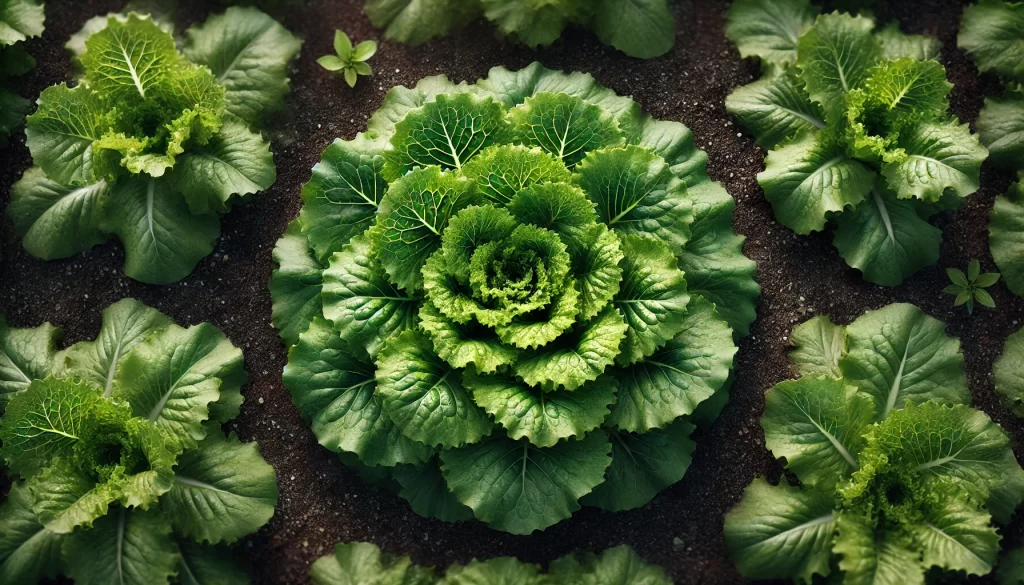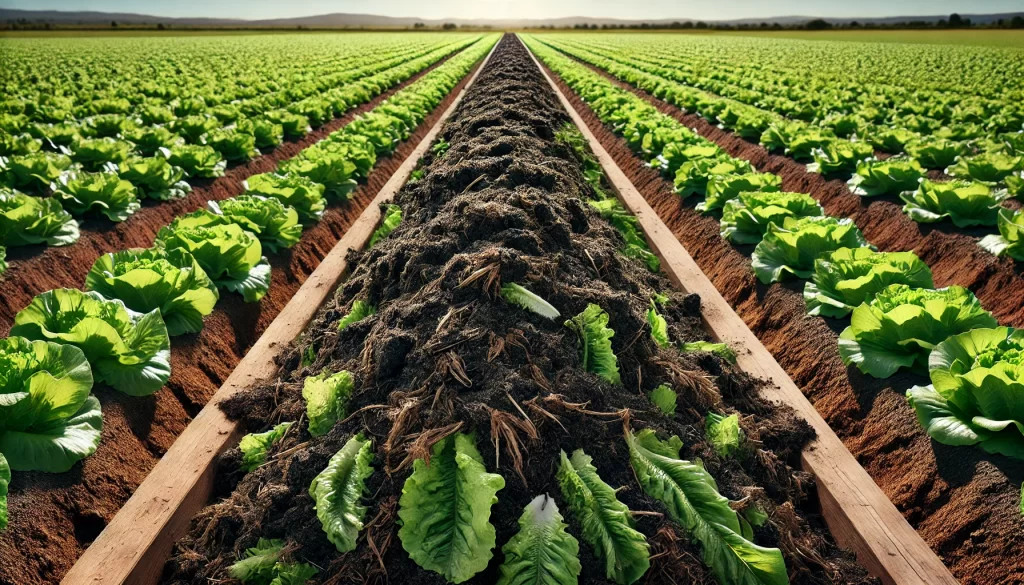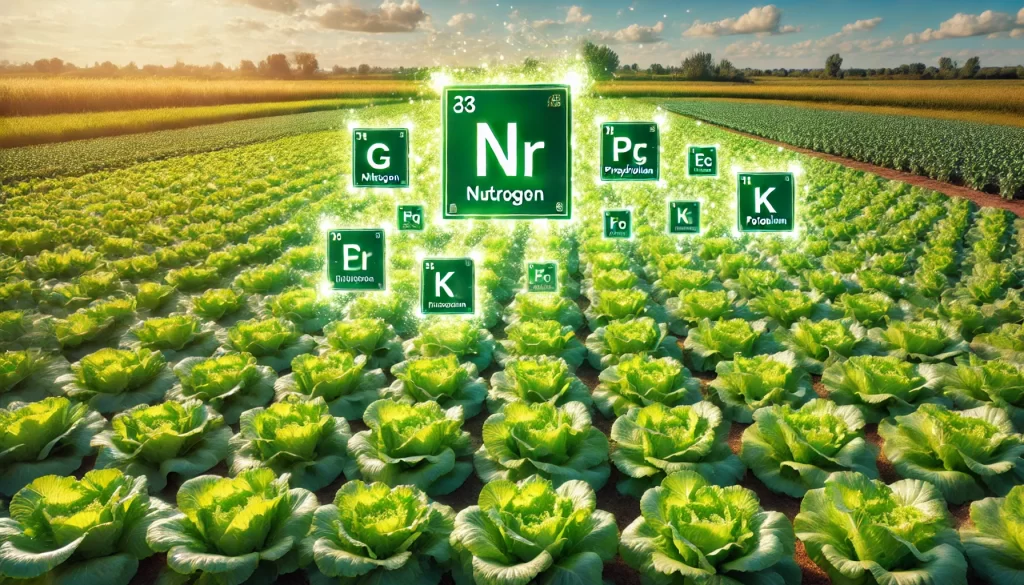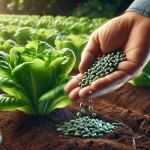Growing organic lettuce requires a careful approach that prioritizes soil health and sustainability. A natural fertilization plan optimizes growth, enhances disease resistance, and delivers a safe, nutritious final product. In this article, we explore organic fertilization strategies, applied techniques, and nutritional tips to ensure a healthy and sustainable lettuce crop, aimed at technically skilled producers.

The Importance of Natural Fertilization in Organic Lettuce
Natural fertilization relies on organic amendments and ecological practices that nourish the soil without synthetic chemicals. This approach promotes a balanced ecosystem, enhances soil structure, and facilitates nutrient absorption by lettuce, resulting in greener, tastier leaves.
Organic Fertilization Strategies
1. Use of Compost and Organic Amendments
- Mature compost: Adding high-quality compost during soil preparation increases organic matter and microbial activity, boosting natural fertility.
- Composted manure: Supplies essential nutrients and improves water retention, encouraging uniform and healthy growth.

2. Crop Rotation and Cover Crops
- Crop rotation: Alternating lettuce with legumes or unrelated crops helps fix nitrogen in the soil and reduces pest pressure.
- Cover crops: Planting spinach, clover, or other cover crops improves soil structure and increases organic matter as they decompose, providing nutrients gradually.
3. Micronutrients and Biofertilizers
- Biofertilizers: Apply microbial inoculants that enhance nutrient availability, such as phosphorus and potassium, through bacterial activity.
- Plant extracts: Use natural extracts or seaweed infusions containing trace elements and growth hormones to encourage vigorous development.
Table of Strategies and Benefits
| Strategy | Main Benefits | Application in Cultivation |
|---|---|---|
| Compost and organic manure | Improves structure, increases moisture retention | Base amendment before planting |
| Crop rotation | Fixes nitrogen, reduces pests | Alternate with legumes every season |
| Cover crops | Provides organic matter, prevents erosion | Plant during inactive periods |
| Biofertilizers | Enhances nutrient availability | Foliar or soil application as recommended |
Nutritional Tips for Organic Lettuce Cultivation
- Nutrient balance: A well-fertilized organic soil produces lettuce rich in vitamins A, C, K, and essential minerals.
- Natural soil cycles: Maintaining a closed-loop system through composting and crop rotation enhances soil biodiversity and plant health.
- Post-harvest care: After harvesting, washing and storing lettuce under optimal conditions preserves its nutritional properties and freshness.

Conclusion
Natural fertilization for organic lettuce is an integrated strategy that combines soil improvement with sustainable practices, resulting in a healthy and eco-friendly crop. By implementing compost, crop rotation, cover crops, and biofertilizers, producers can optimize product quality, benefiting both the ecosystem and consumer health. A technical and mindful approach to plant nutrition ensures high-nutritional-value organic lettuce and consistent yields.
References
- Bliss, F.A. (2000). Vegetable Crop Production. CABI Publishing.
- Kader, A.A. (2005). Postharvest Technology of Horticultural Crops. University of California Agriculture and Natural Resources.
- Havlin, J.L., Tisdale, S.L., Nelson, W.L., & Beaton, J.D. (2013). Soil Fertility and Fertilizers. Pearson.
Grow Lush Greens with Sereniseed!
Discover the Certified Organic Green Leaf Lettuce Seed Collection by Sereniseed. This 10-variety pack features Green Towers Romaine, Winter Density, Dark Lolla Rossa, Black Seeded Simpson, and more, perfect for fresh salads and healthy meals. 100% organic, non-GMO, and includes a handy growing guide.
Buy Now and Start Growing! AgronoBlog – Agriculture Blog
AgronoBlog – Agriculture Blog 


